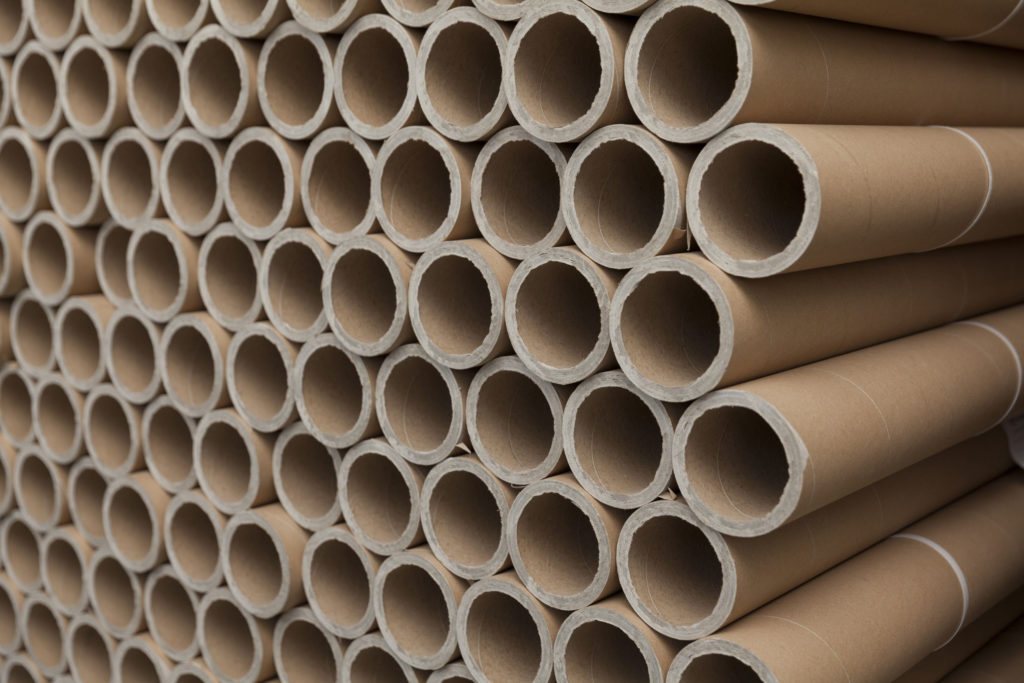The Effect Of Plastic Packaging
What's The Problem?
Currently, as of 2020, the environment is suffering. 2019 was the second-most hottest year on record.
Everyone is well aware of the pressing climate/environmental issues that currently face us and the way we live. We are at a turning point where humanity can either change for the better, or keep on its path and learn as nature inevitably fights back. Many like to act as though climate change isn’t real, but at Essex Tube Windings, we are actively trying our hardest to make our entire process as eco-friendly as possible.
In this blog, we will go through the effects of plastic, and then finally tell you how you yourself may be able to counteract your role in this negative weight weighing down our environment.
The Ocean
Our oceans have never been more full of plastic. On the topic of the oceans, they are in dire need of some serious help. 10% of all the plastic produced in the world each year is dumped into the oceans; and if you can’t comprehend the sheer scale of that, then hear this: we produce 260 million tons of plastic. That means that 26 million tons of plastic are entering the oceans each year. If humans were placed onto one massive scale, we would all weigh together 316 million tons.
When put in perspective, it’s quite concerning that tons of plastic are being dumped into the ocean each year, and due to plastics inability to decompose quickly, it accumulates very quickly within the ocean.
And this is the effect of plastic packaging in the ocean.

Our Urban Living
With our plastic continually being funnelled through our cities, in and out, as product to rubbish, it is inevitable that problems will arise. Especially for countries like the UK or many European cities where space is tight, there is a growing problem of landfill waste: we are running out of space for landfill.
Landfill buries the rubbish beneath the ground and forgets about it. Obviously, the ground doesn’t swallow it whole, and it usually tends to stay there for a very long time. And with our overbearing production of plastic, there isn’t enough landfill space to keep up with the demand/rubbish. And so, this rubbish often goes to incinerators instead which release all the deadly toxins deep within the plastic into the atmosphere. Plastic is made from a compound group called hydrocarbons, which also compose of things like petrol, fuel, and many other everyday materials. When hydrocarbons burn, their main content carbon is released into the air, reacting with the oxygen to create carbon dioxide.
Along with our cities streets frequently being filled with plastic rubbish too, the impact of plastic on our urban living will continue to become more evident.
And there, is the effect of plastic on our urban living.
Wildlife
Probably the most talked about effect of plastic packaging, we all know that plastic isn’t very wildlife friendly. Items like plastic bags get caught up round animals heads and when consumed, many animals die of asphyxiation. Stronger plastic waste like the packaging that keeps your beer cans together also get tied around necks, limbs and more, which all greatly damage these animals chances of survival. There are so many examples, we don’t want to bore you with the specifics, but there is one that also affects us humans: a plastic waste problem leaking into every piece of wildlife including us and our food…
That is the effect of plastic on our wildlife.

Micro-Plastic...
Micro-plastic is a recent finding where our plastic waste chips and erodes into the environment, whether it be due to animals accidentally consuming it, or where nature slowly erodes the plastic into the water, air, and ground. When the plastic seeps into the environment, it gets into digestive systems of animals, and therefore, integrates itself into the wildlife’s bodily systems and more. And what do humans do?
We eat animals. When we eat these contaminated meats, the process continues, and these micro-plastics are spread throughout. Although not entirely toxic, it is still relatively an unknown subject, and having these plastics within your body and in the wildlife could wield negative health effects overall. We don’t want to jump to any conclusions, so we’ll leave it there; but, it is a problem that many scientists are looking into.
As these plastics become more prevalent in our environment, it will inevitably leak into our own lives and bodies too.
And that is the effect of micro-plastics.

What Can I Do?
Well, a lot of the problem comes from the supply and demand of these plastic packaging products. Everyone is a part of the problem, and many people like to guilt normal people into making a change. We don’t want to guilt you, we believe change should be an informed and proper decision. Yes, we all demand these products, and yes, companies supply these plastic products. So, for an average joe, the best case of action is to simply stop feeding the demand, and start looking for alternatives
We Can Help
Essex Tube Windings entire cardboard tube packaging process is entirely eco-friendly, not using any toxic chemicals in the process. Our cardboard tubes are also made entirely from recycled cardboard tubes, and our tubes can be recycled for a total of 3 times on average. Although we don’t cover all packaging, if you are getting plastic tubes, then we highly suggest you switch over to cardboard tube packaging as it will greatly reduce the effect of plastic packaging on the environment.
If you have any additional questions or queries, then please just contact us today or leave a comment. Thank you.

